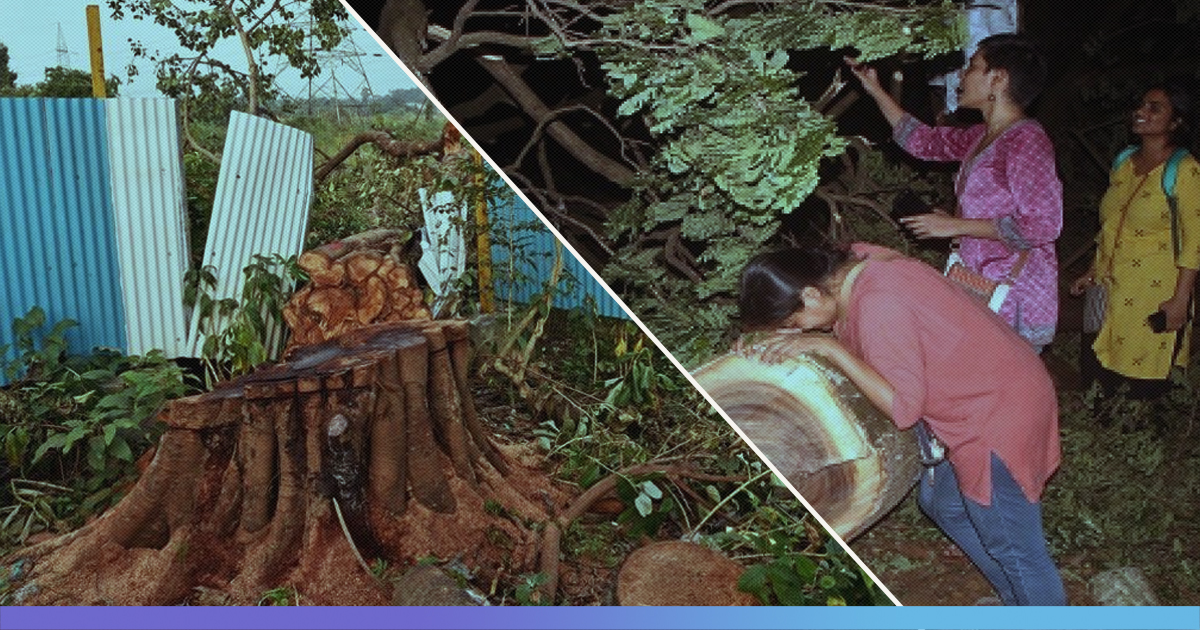As the Aarey forest intensified over the weekend, with BMC claiming that it is not even a forest, Mumbai’s predicament was pushed to the edge after the felling of around 2000 trees. The move came as a major blow to the already weak foundation of the metropolis that is constantly under threat by the unmoored waves of the Arabian sea.
The so-called ‘not a forest’ area, Aarey has a rich diversity of flora and fauna, with over five lakh trees, seven resident leopards and tribal hamlets housing original Adivasis.
Hence, The Logical Indian explores the far-reaching impact of the felling of trees will have over Mumbaikars.
1. A 40-year-old tree can sequester 21.7 kgs of carbon in a year. Felling of 2141 trees means additional 46,609.5 kgs of carbon hovering over Mumbaikars.
2. Research suggests that on an average a person emits 405 kilograms of carbon in a year, given the population of Mumbai, the total emission stands at 800 crore kg every year. With 2000 trees short, this number is expected to shoot up.
3. Travel by public transportation (train or bus) for a distance of 10 to 12 km generates 1 kg of carbon. Mumbai’s 2342 local trains cover approx 390 kilometres every day. With lesser trees to absorb carbon, carbon is expected to spike in the metropolis.
4. In the 1970s, Mumbai’s tree cover was more than 35%, which has been dropped to less than 13%. Whereas a region should have at least 33% green cover to ensure adequate oxygen to its citizens. The 13% will likely drop again as Mumbai is now short of around 2000 trees.
5. Rainy season in Mumbai lasts for 4-5 months. However, this year it witnessed the most unusual weather pattern compared to the last 45 years. The abnormal weather pattern only indicates the surge in climate change largely due to deforestation and population explosion. Mumbai may have to pay a greater cost for the fresh felling of trees.
6. Research says many coastal mega-cities and small island countries may face severe to extreme weather events due to extreme carbon emission and geographical placement by 2050. Such as tropical cyclones, heavy rain, floods, extreme waves and other coastal hazards. Fresh deforestation means further jolt to Mumbai.
7. Waterlogging is one of the most common issues every Mumbaikar face. It happens largely because the rain is not absorbed by the soft earth and trees, as most part of the city is concrete. Hence, Mumbai’s need for trees is dire. Further chopping of trees sounds alarm bells for the city.
8. Mumbai’s green belt has already been reduced extensively by the civic bodies and the BMC for the sake of developing the Trans-Thane-Creek which has caused massive soil erosion in the area. Further, the metro construction around Aarey area will only worsen the scenario.
Also Read: Sec 144 Imposed, Activists Detained After Protests Against Midnight Chopping In Aarey Forest











